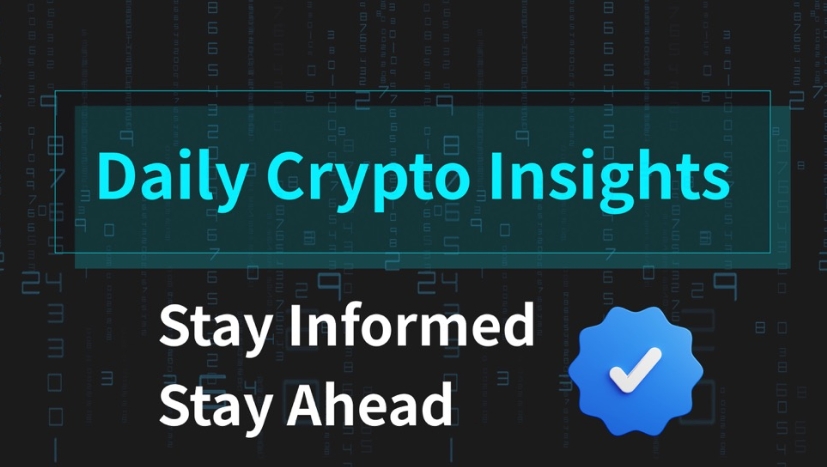Fusaka and zkEVM Update Make Ethereum Faster and More Efficient
- Fusaka update aims to reduce costs and increase efficiency
- zkEVM Pico Prism Proves Blocks in Near Real-Time
- Network can reach 10.000 TPS at the core layer
Ethereum is poised to reach a new level of performance, driven by two parallel advancements: the Fusaka upgrade, scheduled for December, and the introduction of Pico Prism, a zkEVM developed by Brevis capable of generating cryptographic proofs in near-real time. Together, these innovations bring the world's most widely used blockchain closer to a faster, more accessible, and more efficient ecosystem.
Fusaka will be the network's next hard fork and will implement 12 Ethereum Improvement Proposals (EIPs). Among them, EIP-7594 (PeerDAS) stands out, allowing validators to confirm data availability by sampling, without having to download the entire data. This change optimizes rollup data publishing, reducing the load on nodes and improving scalability without compromising decentralization.
The update will also increase the gas limit from 45 million to 60 million, increasing block processing capacity by 33%—a direct benefit for Layer 2 (L2) blockchains, which will be able to publish more compressed transaction data. According to the developers, this will reduce operational costs and make running validators more accessible to small operators.
Meanwhile, at the proof layer, Pico Prism emerges as a technological milestone. The zkEVM achieved 99,9% real-time verifiability, producing complete block proofs in under 12 seconds. Ethereum Foundation researcher Justin Drake stated that the innovation "reduces average proof latency to 6,9 seconds, allowing verification to keep pace with block production." He also highlighted that the long-term goal is to achieve settlement in under one second, with proofs generated locally on clusters of 16 GPUs with up to 10 kW—power comparable to that of a Tesla home charger.
Progress toward real-time proving for Ethereum L1 is nothing short of extraordinary.
In May, SP1 Hypercube provided 94% of L1 blocks in under 12 seconds using 160 RTX 4090s. Five months later Pico Prism proves 99.9% of the same blocks in under 12 seconds, with just 64 RTX 5090s.… https://t.co/cC6kpAvz01
— Justin Drake (@drakefjustin) October 15, 2025
Drake projects that with these improvements, the transaction rate on the main layer (L1) could reach 10.000 TPS, while layer 2 networks could scale to 10 million TPS, solidifying Ethereum as the fastest and most robust DeFi ecosystem in the industry.
Despite the progress, some developers warn of the network's growing technical debt. Federico Carrone, known as Fede's Intern, pointed out that essential tools like Solidity, the basis of 86% of DeFi smart contracts, are losing their update rate. He emphasizes that "increasing the gas limit could put pressure on execution clients that haven't yet improved their performance," highlighting that Ethereum's challenge isn't just scaling—but doing so sustainably.
Disclaimer: The content of this article solely reflects the author's opinion and does not represent the platform in any capacity. This article is not intended to serve as a reference for making investment decisions.
You may also like
BitMine Adds $417 Million in Ethereum Amid Market Dip
Quick Take Summary is AI generated, newsroom reviewed. BitMine purchased 104,336 ETH worth $417 million during a 20% price dip. Rising Ethereum whale activity signals renewed institutional accumulation. On-chain data confirms large holders are steadily increasing their positions. The move highlights confidence in Ethereum’s long-term strength despite short-term volatility.References 🔥 TODAY: BitMine bought 104,336 $ETH worth $417M as prices fell 20% from August highs, per onchain data.

Ether retail longs metric hits 94%, but optimism could be a classic bull trap
Bitcoin options markets highlight mounting fears as traders brace for more pain
